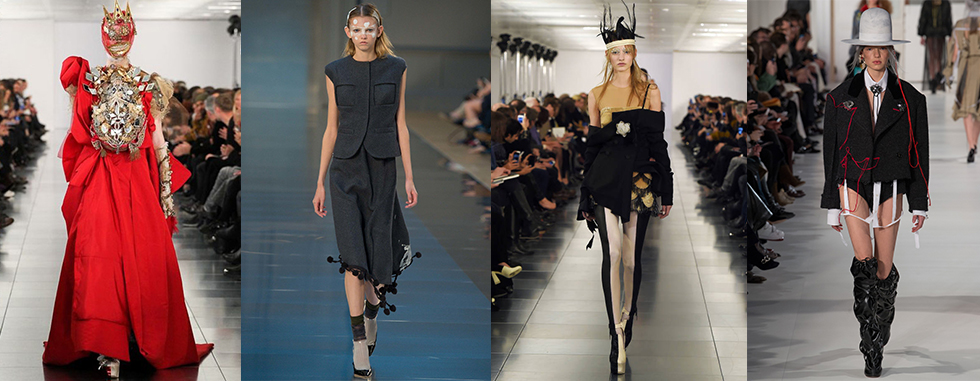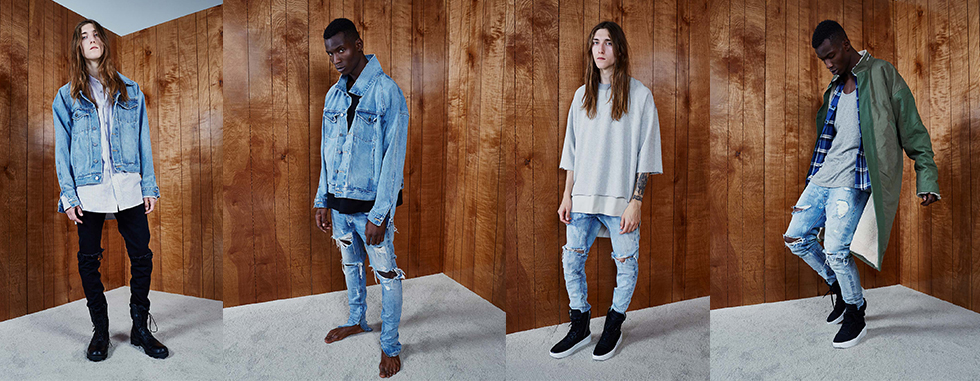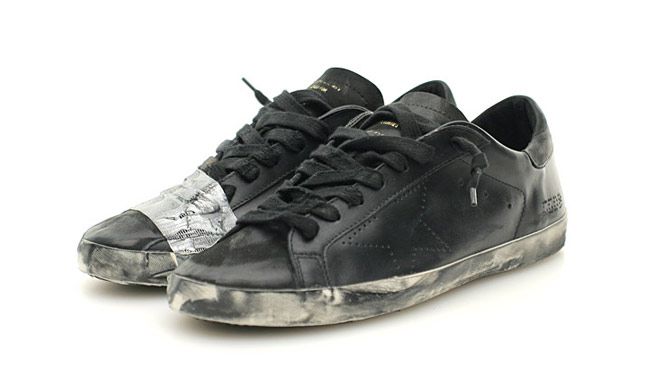I recently read an article on Hypebeast regarding pre-distressed sneakers being crass and classist. While their point that pre-distressed sneakers are significant evidence of fashion’s crass classism and a compelling case study illustrating economic concepts, namely luxury goods and the snob effect is understood, I don’t whole-heartedly agree. Hypebeast also stated in their article that consumers are paying a premium for a collectible sentiment in purchasing these pre-distressed goods and I would agree. There is certainly something quite nostalgic to many of these products, but this is an oversimplification.
I would like to state I do not believe that all wealthy individuals wearing pre-distressed fashion are necessarily lacking in sensitivity, refinement, or intelligence. I am defining “wealthy” as anyone who has enough disposable income to afford luxury fashion items in any sort of frequency. There may be some people lacking in taste for sure, but I believe that there are plenty of individuals who genuinely prefer this distressed aesthetic to one that is clean and organized. This more traditional or proper form of appearance can be simply be boring or mundane. A distressed aesthetic is a little more visually interesting and a person styled in this manner may have a history with the sub-culture where the look originated from. Perhaps the person simply feels a strong desire to dress in this manner because they want to be recognized for the lifestyle that they identify with most. Sometimes it’s more about attitude. Allow me to explain further.
Deconstructionism
First, we’re talking about art and aesthetic appearance – primarily deconstructionism. Deconstructionism is considered a beautiful form of fashion that does have an appeal. In “Deconstruction Fashion: The Making of Unfinished, Decomposing and Re-Assembled Clothes,” author Alison Gill suggests the fashion style of deconstruction, called “Le Destroy,” by the French, is an intentional effort at unfinished forms that are coming apart, recycled, or transparent. Rei Kawakubo, Martin Margiela, Ann Demeulemeester, and Dries Van Noten are all designers in this category. The basis of all deconstructed clothing is aestheticized non-functionality that amounts to anti-fashion. Deconstructionism may be a niche category, but its influence wields power in the world of fashion. Maison Margiela and Vetements are two of the most popular luxury fashion houses today that produce deconstructionist fashion, and countless brands mimic many of their most popular items. These items are asymmetric, distressed, and rather unconventional; however, I believe there appeal stems primarily from the overall aesthetic.
“I think perfection is ugly. Somewhere in the things humans make, I want to see scars, failure, disorder, distortion.”
– Yohji Yamamoto

Instant Attitude
Second, we’re talking about instant gratification and real longevity. These are products that you don’t have to wait 5 – 10 years on for a natural patina, tear, or soiling to appear. Fresh out of the box, it’s an “I don’t want to hear it.” It’s a “Fuck you. I won’t do what you tell me.” It’s instant attitude.
Many consumers both in and out of the luxury fashion world complain and cry out – “Why would I pay so much money for shoes that already look dirty, or clothes with holes in them?” There can be a very calculated process or art to distressing a product and, sure, this adds greater cost to the equation, but rest assured these products are not exactly “worn” and I think everyone knows that. The surface may be scratched, torn, or discolored, but the structural components of the product are very much intact. The true benefit with pre-distressed fashion is that you can instantly rock a distressed look, AND you can rock it for a significantly longer period of time given the product is literally brand new. It often takes years to get a brand new product looking so worn-in that it oozes cool, and that by the time it reaches this state of being, you have a limited amount of time left with your beloved before it completely falls apart. Again, this is instant gratification – not always a bad thing.

Authenticity
Obviously, authenticity reigns and, of course, it looks a little cooler if you are wearing something that is genuinely lived in and beaten down by the trials of life. I love seeing younger kids who possess more time and creativity than wealth, wearing outfits that put most streetwear Stans to shame. Authenticity is still out there . . . somewhere. There are plenty of individuals who are actually immersed in sacred sub-cultures or lifestyles who take great offense to brands who exploit the movements for profit without giving anything back. I get it. I do experience a little anger and resentment when I see a style I once thought was unique and brilliant being adopted by a much larger group of individuals and in the process taken so far out of context that it sort of loses its original meaning. BUT this is what happens when a trend reaches the tipping point! It has happened many times before and it will continue to happen – over and over again. There is really no way of stopping the product life cycle: Introduction – Growth – Maturity – Decline. Innovate or die.
Final Thoughts
At the end of the day, wear whatever YOU enjoy. Adopt some form of unique attire that aligns with the lifestyle YOU identify with most. If you want to wear beat-up looking Golden Goose sneakers with duct tape on the outer toe even if you haven’t been popping ollies in them for an entire year, who cares? Those joints look comfortable! Again, this is a LOOK. It’s a look that perhaps has less to do with conspicuous consumption and more to do with VIBES as the youth would say. I may be wrong, but I have faith in humanity.